[initial development]
maintenance human factors: alertness, error reductions in maintenance tasks
maintainability: designing equipment to minimize the need to make repairs as well as the ease for making the repairs. Here eliminating the hindrances that make make maintenance tasks more difficult than necessary.
See also Ease of Maintenance best practices knowledgebase
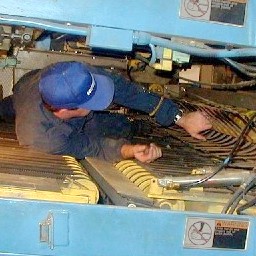 |
 |
From a human factors perspective, the worst issue for maintenance is lack of clearance. Many tasks would not be nearly as physically demanding or time consuming if a person could access the job easily in a good working position.
Consequently, when designing machinery and production operations, it is critical to evaluate ease of access to items that may need eventual repair. Although, it may not be possible to eliminate all instances working in awkward positions, many bad situations are best averted in planning stages, sometimes with little or no extra cost.
Furthermore, even if it is not be possible to eliminate the need to work in difficult locations, it may still be possible to:
- Reduce the time in this position, and/or
- Reduce the force involved with the tasks.
Either of these can make a marked improvement in the work. Examples of techniques are found throughout this knowledgebase.
Designing for maintenance
An excellent example of good design is a letter sorting machine of the U.S. Postal Service.
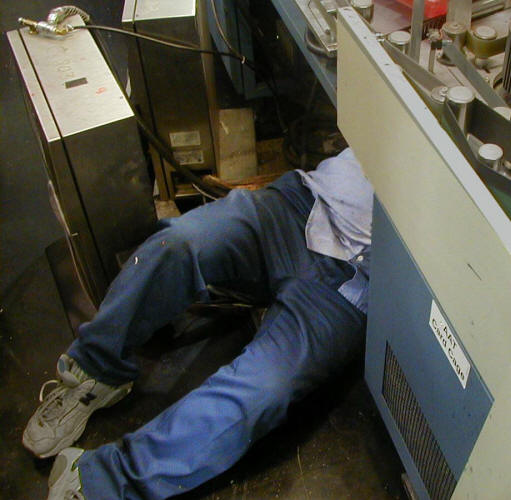 |
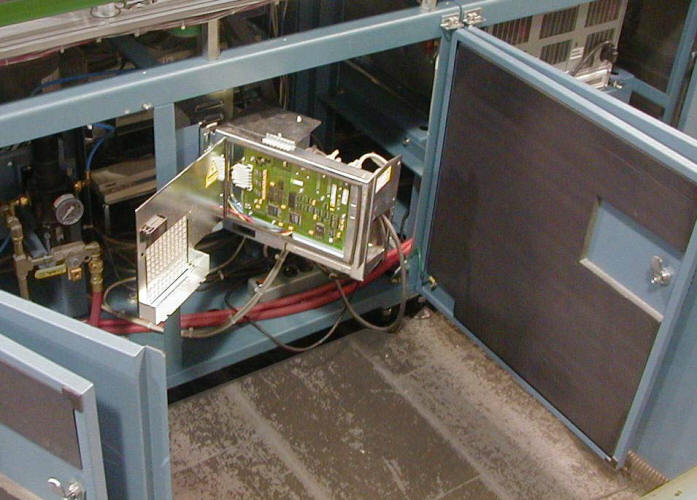 |
| Before: Remove panel, crawl underneath | After: Electronic components swing out |
The sorting machine itself is a marvel of speed and efficiency, able to sort letters at a rate of 10 per second (faster than can be seen by the naked eye). To achieve this speed, preventative maintenance and frequent adjustments are needed. Consequently, designers incorporated many features to allow quick access without needing tools or having to lift.
The photo above left shows a previous generation of a similar machine, where it was necessary to crawl inside the machine and work with the arms raised overhead in difficult-to-see conditions. Furthermore, to get to this awkward position, it was necessary to remove fasteners on a panel and then lift in our of the way. Many locations that needed repair or adjustments were located in positions that could not be seen by personnel and were backwards to standard p
Thus, personnel were required to work blind and backwards (a common issue designed into many machinery used throughout general industry).
a blind location that required working “backwards,” that is, turning fasteners in counter-intuitive directions.)
The photo above right shows one example of the ease of access. Panels were designed as doors that can be opened instantly without needing a tool. Key components were designed with hinges to permit swinging out into the aisle to allow working on the back side (previously
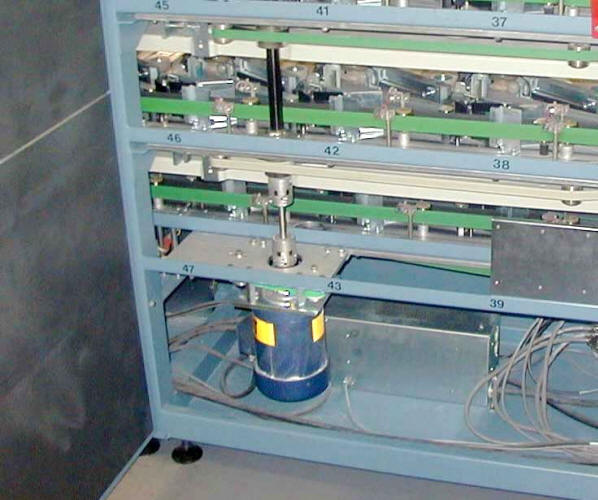 |
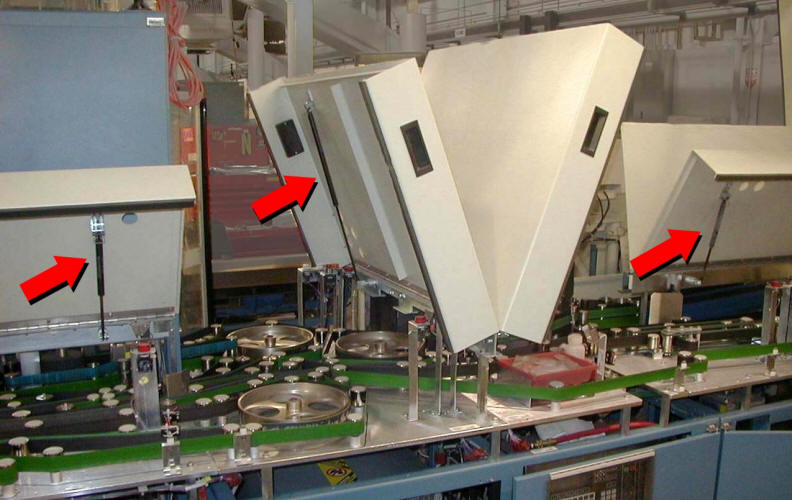 |
| After: Motors and other items located to be accessible motor | After: All locations are accessible by panels with air cylinder lifts |
Motors located to be accessible, i.e. heavy items that need occasional removal. adjacent panel door rather than buried deep within the machine, which is common.
Provide sufficient clearance and access, or alternatively, minimize the time needed to spend in constrained areas by making other improvements in the task.
No workstation
Many maintenance tasks would not be particularly difficult to do if it would be possible to get close to the work that needs to be done.
Access panels
High work platforms
Temporary work platforms
Machine changeovers, meat cleaning, involve similar practices
Moving and hauling
Air casters, carts, walkie lift trucks
Lifting in constrained areas
lifts of different types: jacks, booms, portable cranes,
Tools
right tool for the right job
Maintenance shop
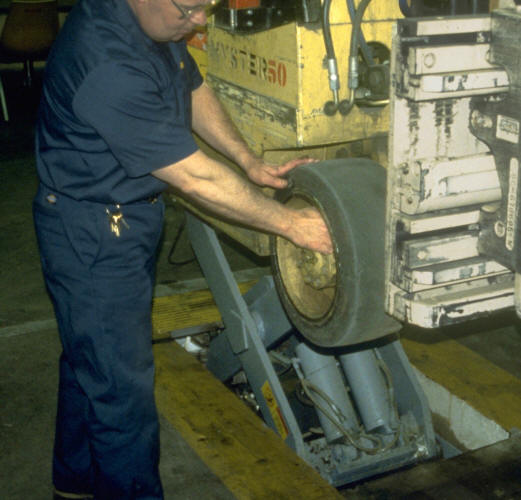 |
|
| Scissors lift used for forklift truck repair |
Within the maintenance shop itself there are often workstations that can benefit from all the options for improvement in the Workstation category.
Generally, machines less an issue here than in production areas because of less frequent use. However, in some instances the best practices for production machines can be applied in maintenance shops.
